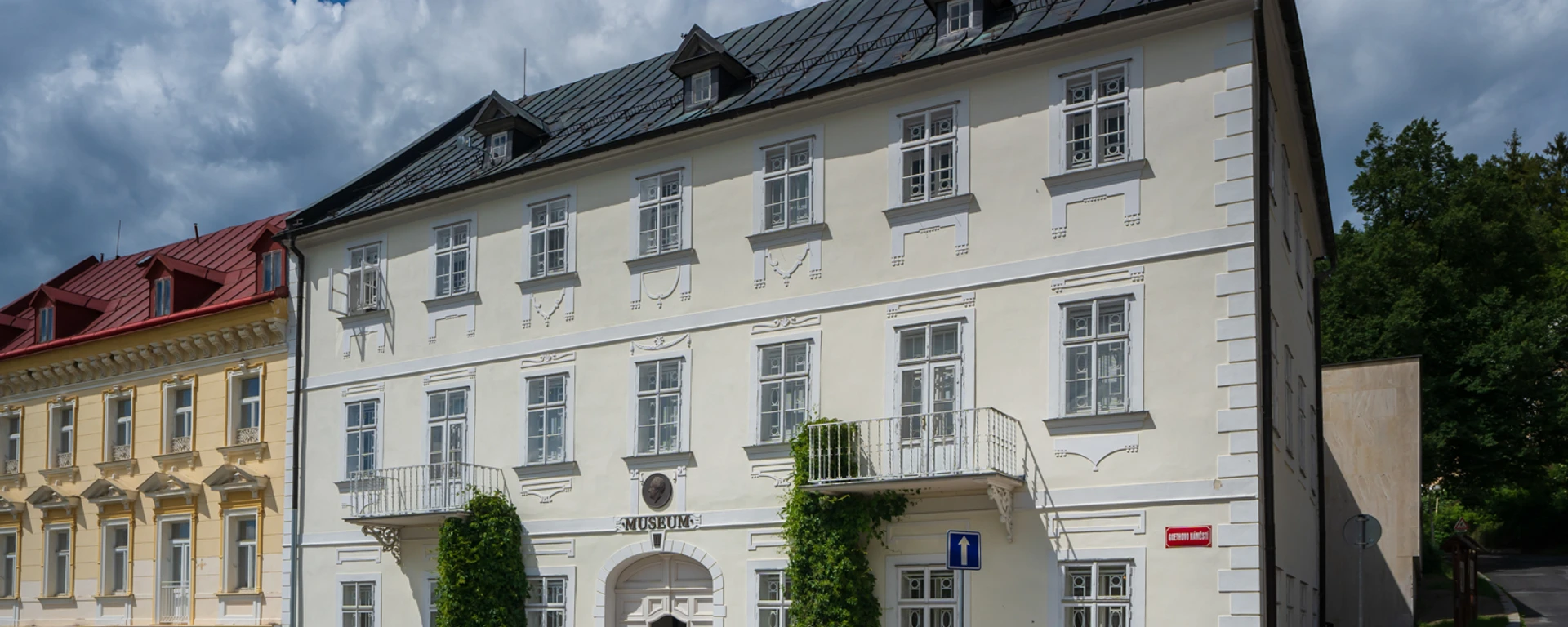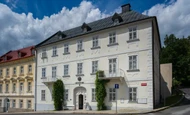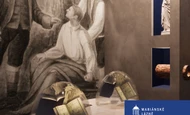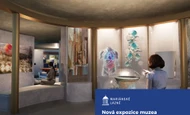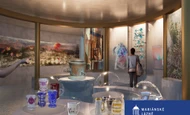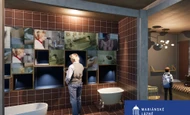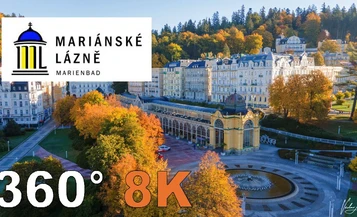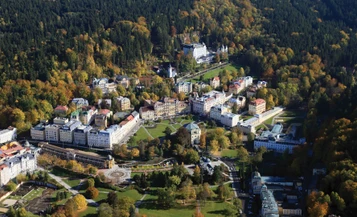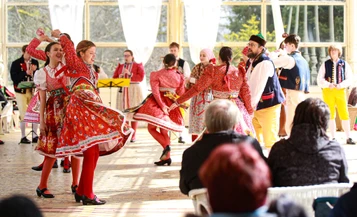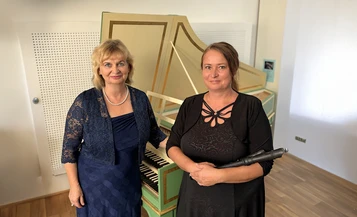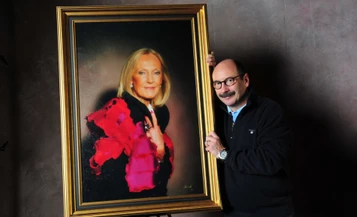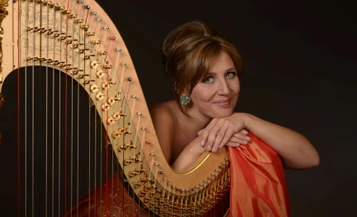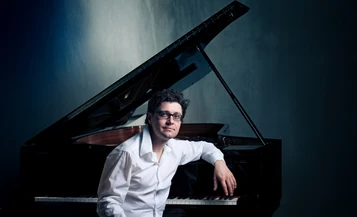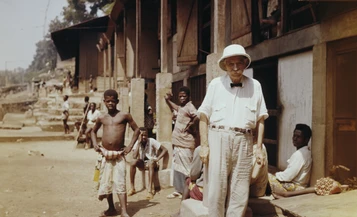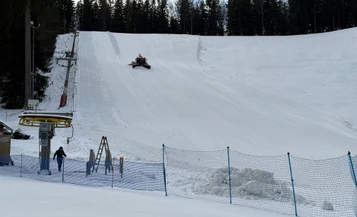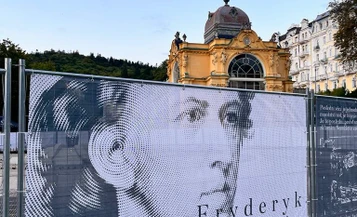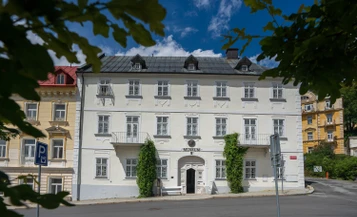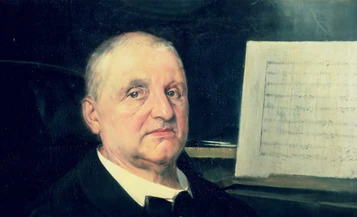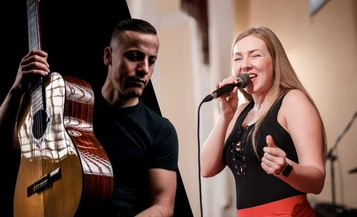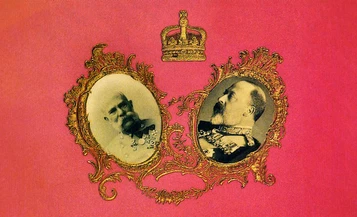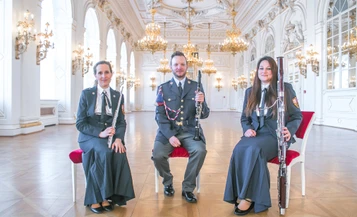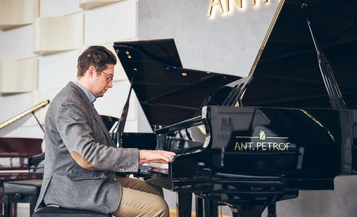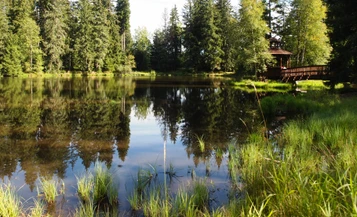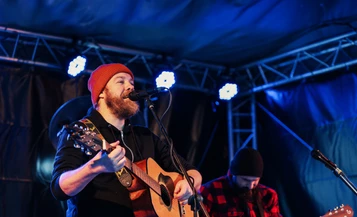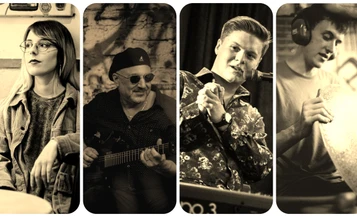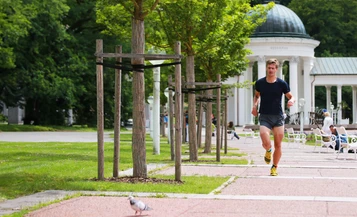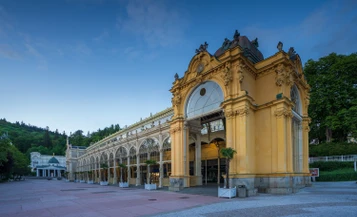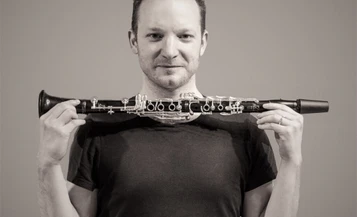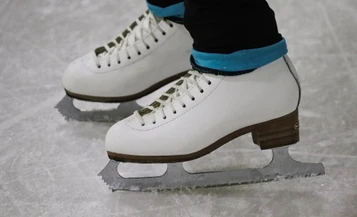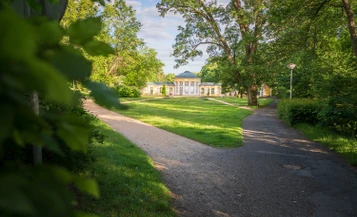The Mariánské Lázně City Museum will soon offer visitors a completely new and modern exhibition focusing on the rich history and importance of the local spa industry. It will be exceptional in its combination of traditional authentic exhibits with modern technology, which will immerse visitors in a unique experience through interactive elements, gamification and multimedia projections.
"As part of the reconstruction of the museum, we have successfully completed the reinforcement of the ceiling, the relocation of the elevator shaft and the construction of a new elevator. Now the town has received the project documentation for the new exposition from architect Jan Albrecht and scenographer Renata Slámková, who presented an excellent design for the new exposition based on the requirements of the town and the museum," said Samuel Zabolotný, First Deputy Mayor of Mariánské Lázně. "I expect that the new exposition will put the museum at the top not only of the Karlovy Vary Region, but perhaps of the whole Western Bohemia. This exhibition has the potential to win architectural and museum awards. We are currently launching a public contract for the realisation of the exhibition and modification of the entrance area to offer visitors a pleasant and modern environment from the very entrance," said Zabolotný.
The project of the new museum exhibition is based on the libretto developed by the museum curator Marie Plešáková and the theme is the history of the spa industry against the background of the development of Mariánské Lázně. "The exposition takes the visitor from the beginnings of the spa, when the local springs were still unknown and surrounded by deep forests, to the present day UNESCO heritage site. The communication of the exhibits with the visitor is not forgotten either, from mechanical interaction to modern technology triggered by unique codes enabling individual access and evaluation of the game quiz that will be part of the tour," described Jaromír Bartoš, director of the city museum.
According to the architect Jan Albrecht, who is the author of the project, the exhibition shows visitors the spa as a lifestyle - a combination of health care, social life and cultural heritage. "The content is divided into two thematic areas. The first one is dedicated to the natural and historical context of drawing springs and their therapeutic use. Through authentic exhibits and interactive elements, visitors will learn how springs are obtained, their composition and how they work in balneotherapy. The spatial and visual design of the exhibition draws on the elegance of spa pavilions and spa facilities. This first part of the exposition freely evokes the atmosphere of colonnades and park gazebos, especially in the shaping of the space with arches and soft light. The second part is devoted to the culture of the spa - the tradition of relaxation, social rituals and life in the spa houses. The atmosphere is completed by historical objects and stylized reconstructions of interiors that transport visitors to different periods of spa glory. This section is an excursion into the more private parts of the spa operations in the form of stylized rooms and bathrooms," he explained.
A whole plethora of doctors and pharmacists who contributed to the rise of balneology in our country will be featured. "Spa cups will be presented not only as originals but also in holographic form. A monumental panoramic image of the city from the early 20th century would be brought to life with a projection showing the development of the city and the transport of visitors to the spa. Guests will have the opportunity to peer into historic spa cabins from the spa's early days, its golden age and the 1980s. Likewise, period hotel room interiors will be shown, including a comprehensive set of rooms from the ROH recreation period. All rooms will be brought to life with modern technology, with a different projection method chosen for each room. We can look forward to new means of expression as well as new exhibits. Here I would like to reveal only the personal objects of the founder of Mariánské Lázně, Abbot K. K. Reitenberger, where his personal cloak, which has never been exhibited, is being restored for display purposes," said Jaromír Bartoš, the director.
Interactive elements will be an important part of the exhibition. "The core of the exhibition should always be authentic exhibits that carry a story. It is their atmosphere and historical value that we consider crucial. However, a modern exhibition cannot do without an interactive layer. It serves as a supplement that draws visitors deeper into the content - allowing them to better understand the context, actively engage and experience the exhibits in new contexts. The exhibition will offer both conventional multimedia elements in the form of videos and projections, as well as unconventional interactions combining, for example, physical movement with light installations," explained Jan Albrecht. It is these modern elements that will distinguish the new exhibition from many others. "The `gamification' of the exhibition will play an unusual role compared to other exhibitions. Visitors can become `spa explorers` and can perform thematic tasks: they can search for the composition of mineral waters, reconstruct old springs or experience the roles of spa guests in different periods. In this way, they naturally learn about the content through various tasks." It was the requirements for interactivity and its integration into the whole concept that posed the biggest challenge. "Linking digital media with physical exhibits is always complicated. A modern exhibition cannot function without multimedia, but at the same time, even today there are visitors who find it annoying. The most difficult thing is always to find a harmony between new and traditional displays to make the exhibition attractive to all visitors," the architect noted.
He would like visitors to take away from the museum the knowledge that spa is not just about mineral water, but about a holistic approach to taking care of the body and mind, and perhaps be inspired to embark on their own health journey. Is there any part of the exhibition of which the architect is particularly proud? "We don't feel particularly proud of any particular part of the exposition, but rather of the process of its creation. We believe that together with the museum and the city, we were able to find a solution that respects the diverse requirements, combines historical fidelity with a modern approach, while maintaining aesthetic and content quality. The final design is the result of open dialogue, mutual listening and a search for balance. We believe that this balance will translate into the visitor experience - that the exhibition will make them feel welcome, engage them and leave something lasting," he concluded.
The museum is expected to open to visitors this autumn.
